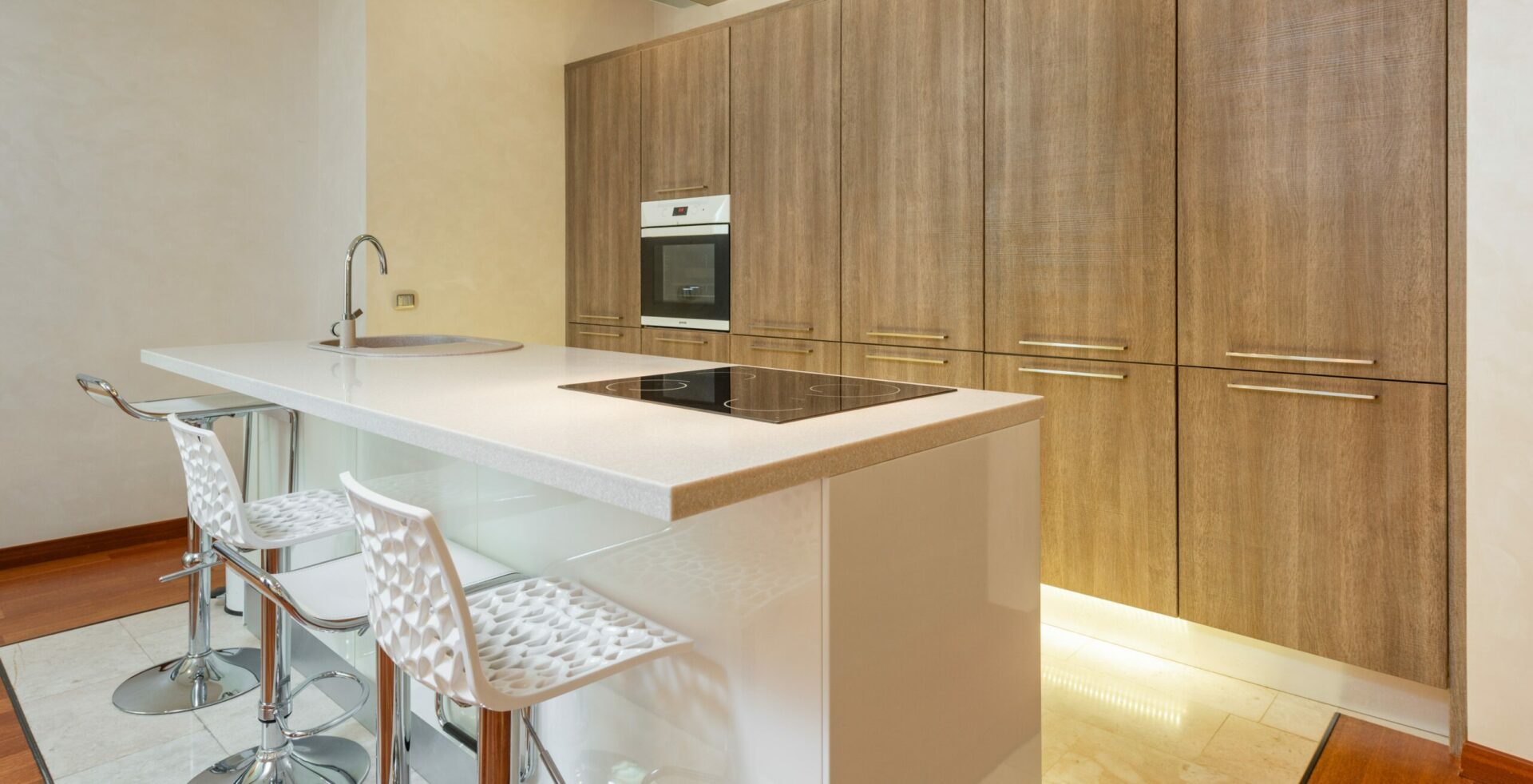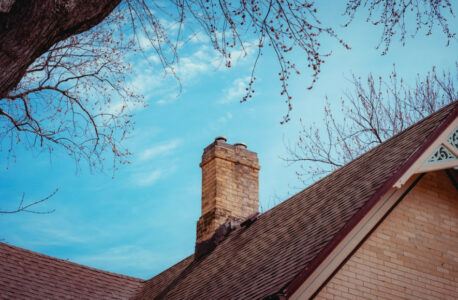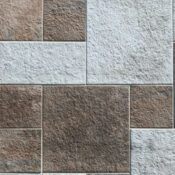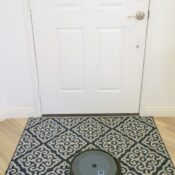Did you know that knowing the best way to clean a chimney can save you hundreds of dollars each year? When chimneys are not cleaned, they pile a lot of mess and hassle. In turn, this reduces their efficiency and functionality, demanding more maintenance and repairing costs.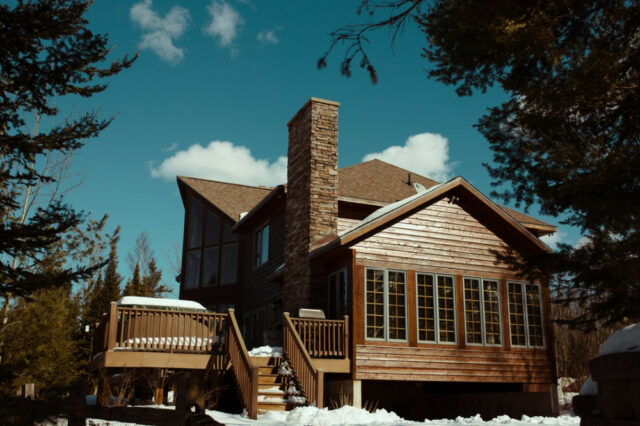 In addition, cleaning chimneys helps to reduce the risk of chimney fires. Dirty and messy chimneys usually accumulate a lot of creosote, which contributes to most of these fires. According to research conducted by the Chimney Safety Institute of America (CSIA), the US records 25,000 chimney fires each year, with these being responsible for damages worth $125 million.
In addition, cleaning chimneys helps to reduce the risk of chimney fires. Dirty and messy chimneys usually accumulate a lot of creosote, which contributes to most of these fires. According to research conducted by the Chimney Safety Institute of America (CSIA), the US records 25,000 chimney fires each year, with these being responsible for damages worth $125 million.
We Are Here to Help You!
You wouldn’t want your home and precious assets to fall into these chimney fire statistics, would you? Well, you need to have your chimney cleaned as soon as possible! And while you could still get a professional to do all the work for you, cleaning it yourself will save you a lot of time and inconvenience.
While there are different ways on how you can clean a chimney, most of these are not very effective. In this article, we discuss the best chimney cleaning method that has been proven to work. Also, read on to find out how often you should clean your chimney.
How to Clean a Chimney
Materials Needed:
- Drop Cloths
- Protective Goggles
- Chimney Brushes
- Painter’s Tape
- Dust Mask
- Ladder
- Plastic Sheeting
The Process:
1. Spread a painter’s drop cloth on the floor area surrounding the fireplace; this is to protect the floor from any falling dirt and debris. Remove all the stray bits of wood and ash residues from the firebox, then open the damper.
2. Separate the fireplace from your living room. Seal the front part of the fireplace using a painter’s tape and a thick plastic sheeting. Make sure not to leave any gaps when sealing the fireplace; gaps in the seal could cause fine dirt and dust coatings to seep through to clean furniture and other parts of the living room.
3. Remove all hardware and appliances that could be obstructing the top part of the chimney. These could be things such as an animal guard or a chimney cap. You can use a ladder to reach the hardware and the top of the chimney.
4. Using a chimney brush (preferably one with a large diameter), scrub the chimney from the top to the smoke shelf (the smoke shelf is the flat area of the chimney located just behind the damper). Thoroughly sweep all the duct of smoke in the chimney. Then, carefully replace all the hardware that you had removed prior the cleaning, ensuring that these are fastened again properly.
5. Obviously, sweeping and scrubbing the chimney area will upset the dust in the area. Therefore, allow the dust enough time to settle into the firebox. Then, make a small opening in painter’s tape seal. Reaching through this opening, use a chimney brush (preferably one with a small diameter) to scrub into the chimney. Scrub as far as the small chimney brush can reach.
6. Once you are done scrubbing, tightly seal the fireplace again. Also, allow some time for any additional dust to settle on the firebox floor. In the meantime, do not open any exterior doors; these could let in sudden drafts, in turn sending ashes and dust all over the living space, furniture and carpets. Therefore, leave all doors closed to confine the debris within the plastic sheeting.
7. When all the dirt and debris has settled, remove the plastic membrane on the firebox. Then, vacuum and clear off the debris using a shop vacuum. Sometimes, you might even need to empty the vacuum several times, depending on the amount of debris and the capacity of the machine.
Additional Tips
- When cleaning a chimney, it is very important that you put on your protective gear. Choose a set of goggles that seals tightly but comfortably around the eyes. Avoid run-of-the-mill types of eye wear as these do not really do a good job when it comes to protecting the eyes from dust. Also, put on a quality dust mask to prevent the harmful dust from getting into your lungs.
- To reach the higher parts of a chimney, use a ladder. However, if you have little to no experience working on the roof, it would be best to call chimney sweep professionals to do the work for you. After all, your safety should always come first!
- When putting back the plastic sheeting, do so very slowly and carefully, so that you do not cause any tears or scratches on it. Otherwise, such tears on the tight seal would mean stirring soot and creating more messes, sometimes even larger messes than those that were there in the first place.
- To ensure that dirt and debris do not build up quickly in the chimney, only use seasoned and properly split firewood. However, using this types of firewood should not replace the annual cleaning of the chimney.
How Often Should You Clean Your Chimney?
It is recommended that you clean your chimney on an annual basis (once a year). The annual cleaning schedule should include thorough cleaning, inspection and maintenance to ensure a clean chimney as well as safety for you.
Should You Clean the Chimney of a Gas Fireplace?
Absolute yes! Having a gas fireplace does not mean that you neglect the chimney. Just like wood-burning setups, gas fireplaces also accumulate a lot of dirt and debris, and require regular cleaning and maintenance. However, the good thing about gas fireplace chimneys is that they do not produce much creosote, hence have lesser risks of fires.
If you want to save some bucks, clean your chimney on an annual basis. If you wish to improve the operation and energy-saving efficiency of your chimney, clean it regularly. Indeed, you have everything to gain and nothing to lose by regularly cleaning your chimney.
Hence, regardless of whether yours is a gas fireplace or a wood-burning chimney, put into practice this above recommended best way to clean a chimney; the benefits you will real will be worth all the effort and time you spend doing so.
